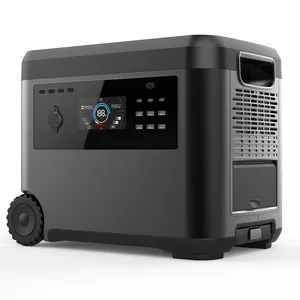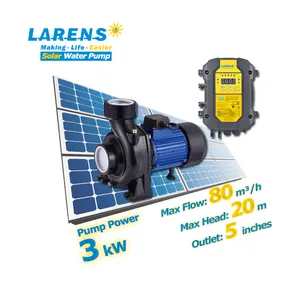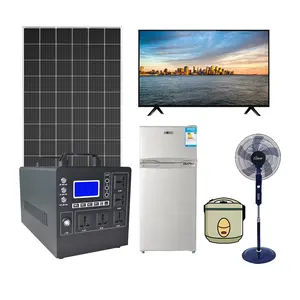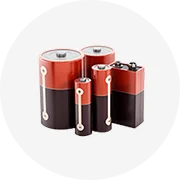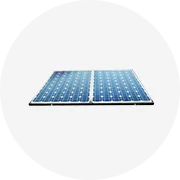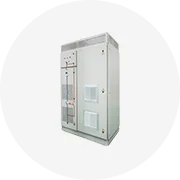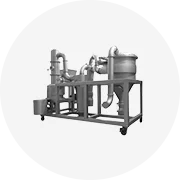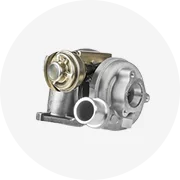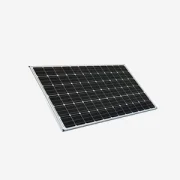Popular in your industry










 Ready to Ship
Ready to Ship





Related Searches:

























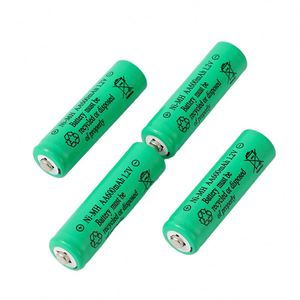
Top categories
About 1.2v 2600mah aa ni mh battery
Understanding the 1.2V 2600mAh AA Ni-MH Battery
The 1.2V 2600mAh AA Ni-MH battery stands as a rechargeable power source within the nickel-metal hydride (Ni-MH) category. These batteries are renowned for their balance between capacity and voltage, making them suitable for a myriad of electronic devices.
Types and Compatibility
Various electronic devices utilize the 1.2v AA Ni-MH rechargeable battery due to its universal size and compatibility. From household appliances to power tools and toys, these batteries come in several sizes, including the common AA, as well as C and D sizes, catering to different power requirements.
Applications and Utility
The application of the AA 2600mAh 1.2v Ni-MH battery is extensive. It is a reliable power source for high-drain devices such as digital cameras, portable gaming consoles, and flashlights, as well as for everyday items like remote controls and clocks.
Features and Materials
The 1.2v Ni-MH AA 2600mAh battery is constructed with materials like lithium cobalt oxide and ternary compounds, which contribute to its rechargeability and energy density. These batteries are available in various colors, with green and black being common options, indicating the use of different materials or manufacturing processes.
Advantages of Ni-MH Batteries
Choosing a 1.2v 2600mAh Ni-MH AA battery offers several advantages. They are known for having a lower self-discharge rate compared to other rechargeable batteries, which means they retain their charge longer when not in use. Additionally, Ni-MH batteries are environmentally friendly, as they contain no toxic metals and are recyclable.
Environmental Impact and Sustainability
The AA Ni-MH 1.2v 2600mAh battery aligns with eco-conscious practices, offering a greener alternative to disposable batteries. Their ability to be recharged hundreds of times reduces waste and the demand for raw materials, contributing to a more sustainable future.

